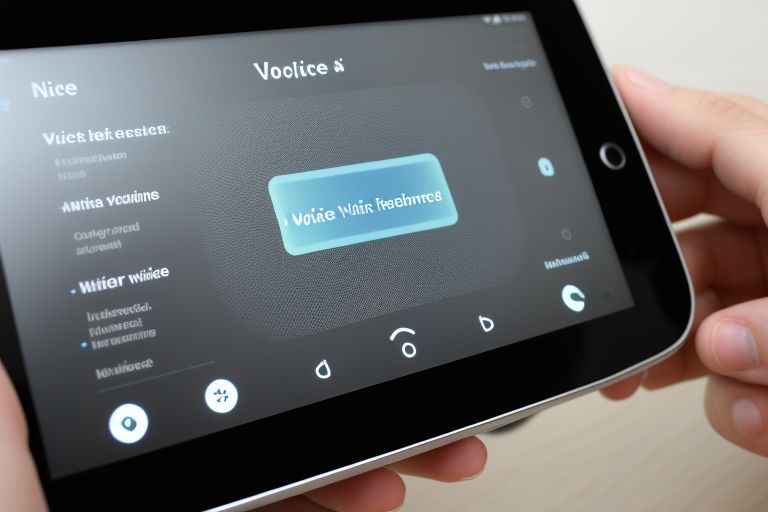Voice User Interfaces (VUIs) represent a rapidly evolving frontier in the domain of human-computer interaction, heralding a future where voice commands and spoken responses become as ubiquitous and natural as touchscreen inputs and mouse clicks today. VUIs offer a unique blend of accessibility, convenience, and efficiency, reshaping the way users interact with their devices and access digital information. This transformation is propelled by advances in artificial intelligence (AI), natural language processing (NLP), and machine learning (ML), which have significantly improved voice recognition accuracy and the ability to understand and process natural human speech.
The Rise of VUIs
The proliferation of smart speakers, voice-activated assistants, and voice-enabled applications marks the mainstream acceptance of VUIs. Companies like Amazon, Google, and Apple have been at the forefront, integrating voice interaction into everyday devices, making it possible to perform a wide range of tasks—from searching the web, controlling smart home devices, to making purchases—simply by speaking.
Advantages of VUIs
- Accessibility: VUIs make technology more accessible, especially for individuals with visual impairments or physical disabilities that make traditional input methods challenging.
- Convenience: Voice commands allow for hands-free operation, offering convenience while multitasking or during activities where manual interaction is inconvenient.
- Efficiency: Speaking can be faster than typing, allowing for quicker searches and commands, especially for complex queries or instructions.
- Natural Interaction: Voice communication is one of the most natural forms of human interaction, making VUIs inherently intuitive for users across different age groups and tech-savviness levels.
Challenges and Considerations
Despite their advantages, VUIs also face several challenges:
- Privacy Concerns: The always-listening nature of some devices raises concerns about data security and privacy. Users are increasingly wary of who has access to their voice data and how it is used.
- Accuracy and Context Understanding: While significant strides have been made, understanding context, accents, and nuanced language remains a challenge for VUIs, leading to potential frustrations or errors in voice interactions.
- Dependency on Internet Connectivity: Most VUIs rely on cloud-based processing, requiring a stable internet connection, which can limit their functionality in areas with poor connectivity.
The Future of VUIs
As technology continues to advance, future developments in VUIs are expected to address current limitations, offering more personalized and context-aware interactions. Innovations such as on-device processing for enhanced privacy, improved AI for better understanding of complex commands and queries, and integration with a broader range of devices and services, will further cement VUIs’ role in our digital lives.
Moreover, the evolution of VUIs is likely to spur new forms of content and services specifically designed for voice interaction, expanding the possibilities for education, entertainment, and e-commerce.
Conclusion
Voice User Interfaces are transforming human-computer interaction, offering a more natural, efficient, and accessible way to engage with technology. While challenges remain, ongoing advancements in AI and machine learning promise to overcome these hurdles, heralding a future where voice interactions become an integral part of the digital experience. As we stand on this frontier, it’s clear that VUIs will not only change how we interact with machines but also how we think about and design user interfaces for an increasingly voice-first world.



